Food for Thought
Recently, a local FB group had an interesting discussion about cafeteria food and time allotted for student lunches. Most of the comments noted amount of food wasted, what was consumed, and how long students had to eat. Full disclosure: I retired from teaching in June and, while I no longer observe these things first hand, I am fairly certain nothing has changed in the last six months.  Many posters and parents noted that their child(ren) are allowed just 15 minutes to a) arrive at the cafeteria, b) make it through the food line, c) eat and d) clean up for the next group. Unfortunately, this is pretty much the norm in most schools. My fourth graders had that same timeframe for their lunch experience last year and the year before that. Although it didn't happen too frequently, there were days when the line in the cafeteria was so slow that the kids were just sitting down to eat when I arrived from my own lunch break to pick the students up.What would be a reasonable time for student lunches? In a newsletter from Harvard School of Medicine titled Why Eating Slowly May Help You Feel Full Faster (link here), outlines why and how, but the short answer? 20 minutes. So those 15 minute allocations for the cafe experience are already 5 minutes short on the eating end.The whole time-on-task environment is overtaking the educational day. It takes away the teachable moment, the socialization of recess, and now healthy eating habits. Can't someone come up with an out-of-the-box solution so kids can at least eat the food in front of them?Thoughts?
Many posters and parents noted that their child(ren) are allowed just 15 minutes to a) arrive at the cafeteria, b) make it through the food line, c) eat and d) clean up for the next group. Unfortunately, this is pretty much the norm in most schools. My fourth graders had that same timeframe for their lunch experience last year and the year before that. Although it didn't happen too frequently, there were days when the line in the cafeteria was so slow that the kids were just sitting down to eat when I arrived from my own lunch break to pick the students up.What would be a reasonable time for student lunches? In a newsletter from Harvard School of Medicine titled Why Eating Slowly May Help You Feel Full Faster (link here), outlines why and how, but the short answer? 20 minutes. So those 15 minute allocations for the cafe experience are already 5 minutes short on the eating end.The whole time-on-task environment is overtaking the educational day. It takes away the teachable moment, the socialization of recess, and now healthy eating habits. Can't someone come up with an out-of-the-box solution so kids can at least eat the food in front of them?Thoughts?
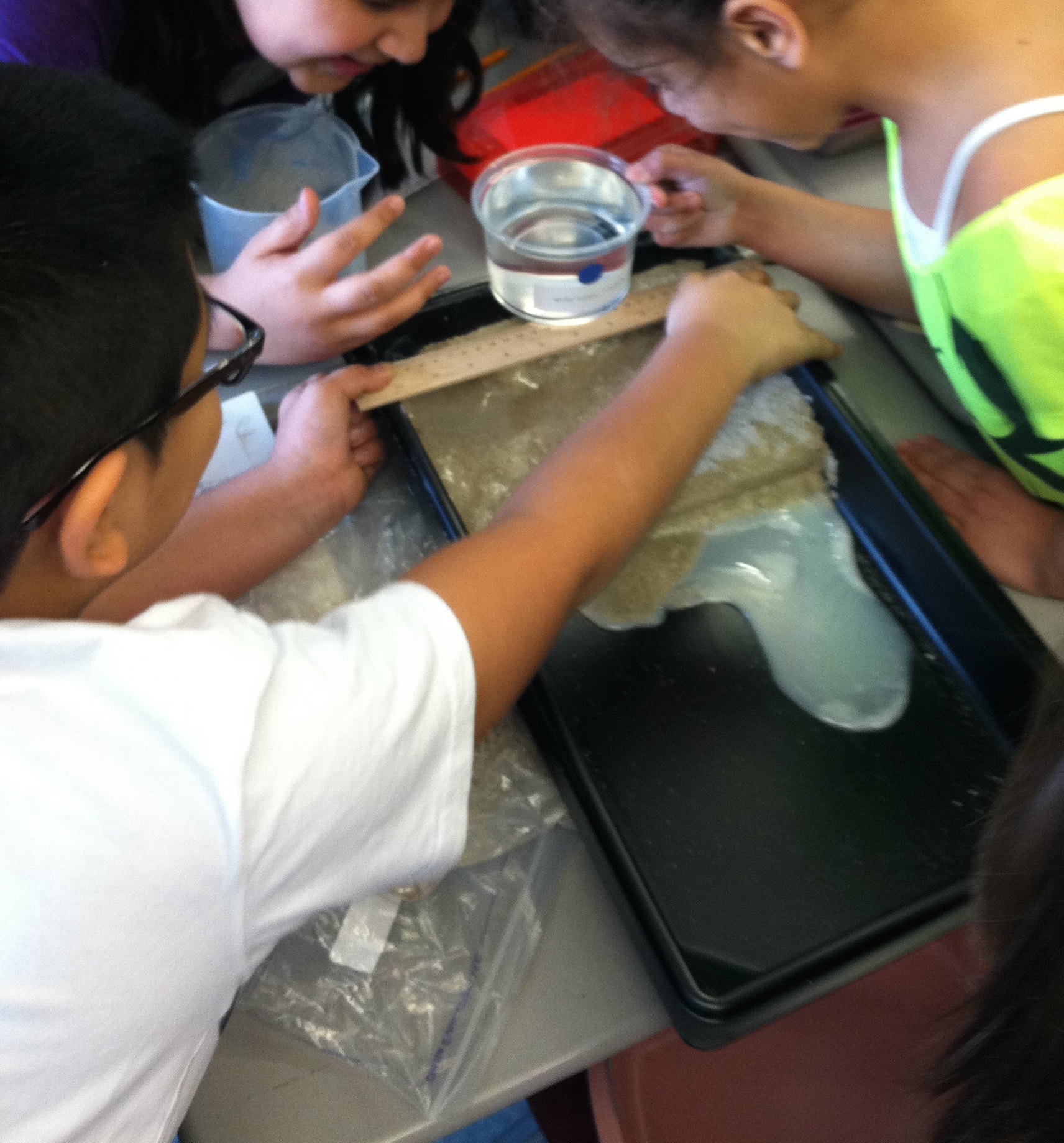
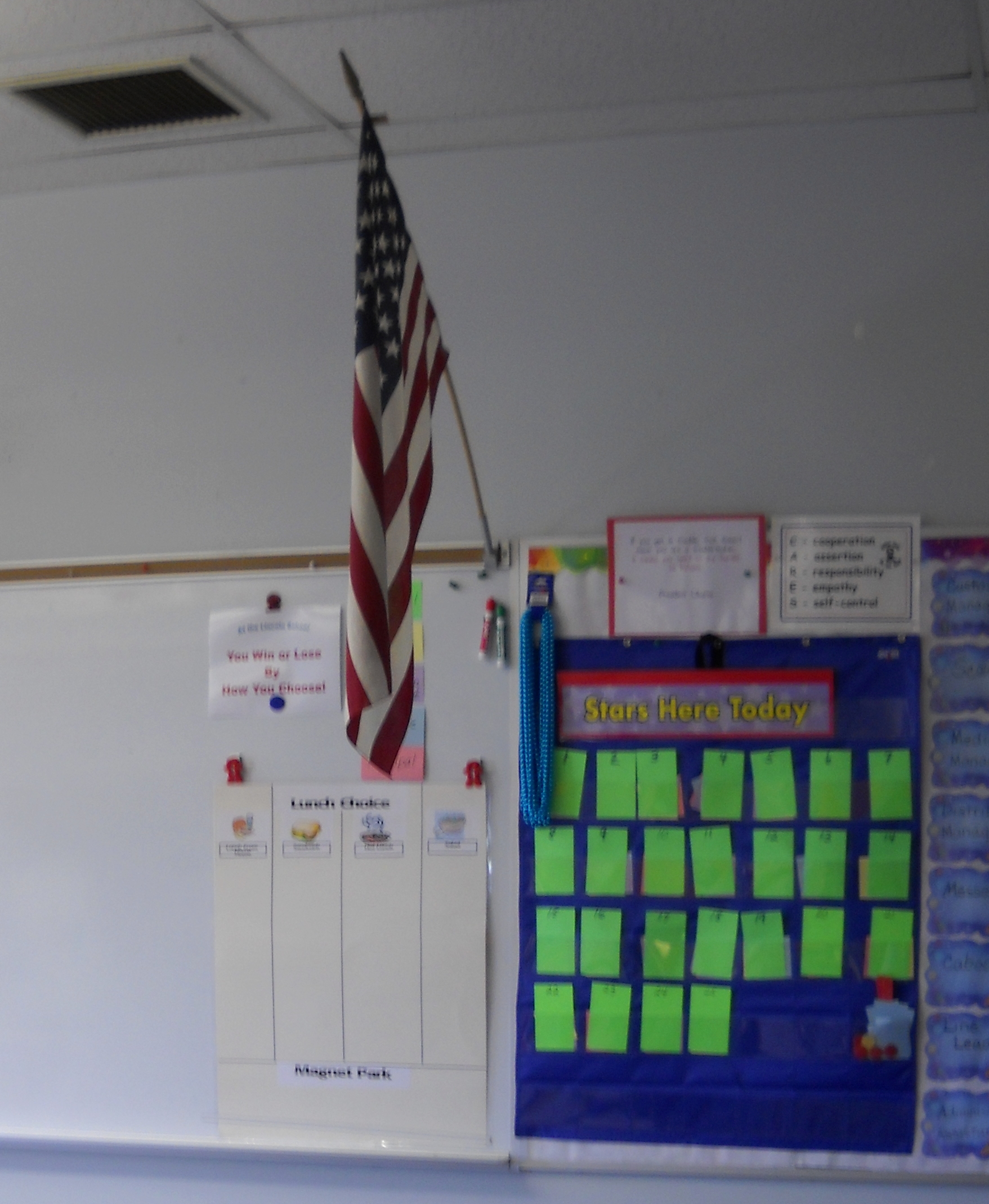 to think some who are negotiating the contracts with the Unions would like to make a grand political statement.With tight municipal budgets, no one is expecting exorbitant monetary increases, like the 15% pay raise I learned of for a first-year hire at a private corporation. And just as a point of interest, even retirees (not from this past June, but all prior retirees) received a cost of living raise of 3% from the Commonwealth's Teacher Retirement Board. (The details and the history of which are found
to think some who are negotiating the contracts with the Unions would like to make a grand political statement.With tight municipal budgets, no one is expecting exorbitant monetary increases, like the 15% pay raise I learned of for a first-year hire at a private corporation. And just as a point of interest, even retirees (not from this past June, but all prior retirees) received a cost of living raise of 3% from the Commonwealth's Teacher Retirement Board. (The details and the history of which are found 

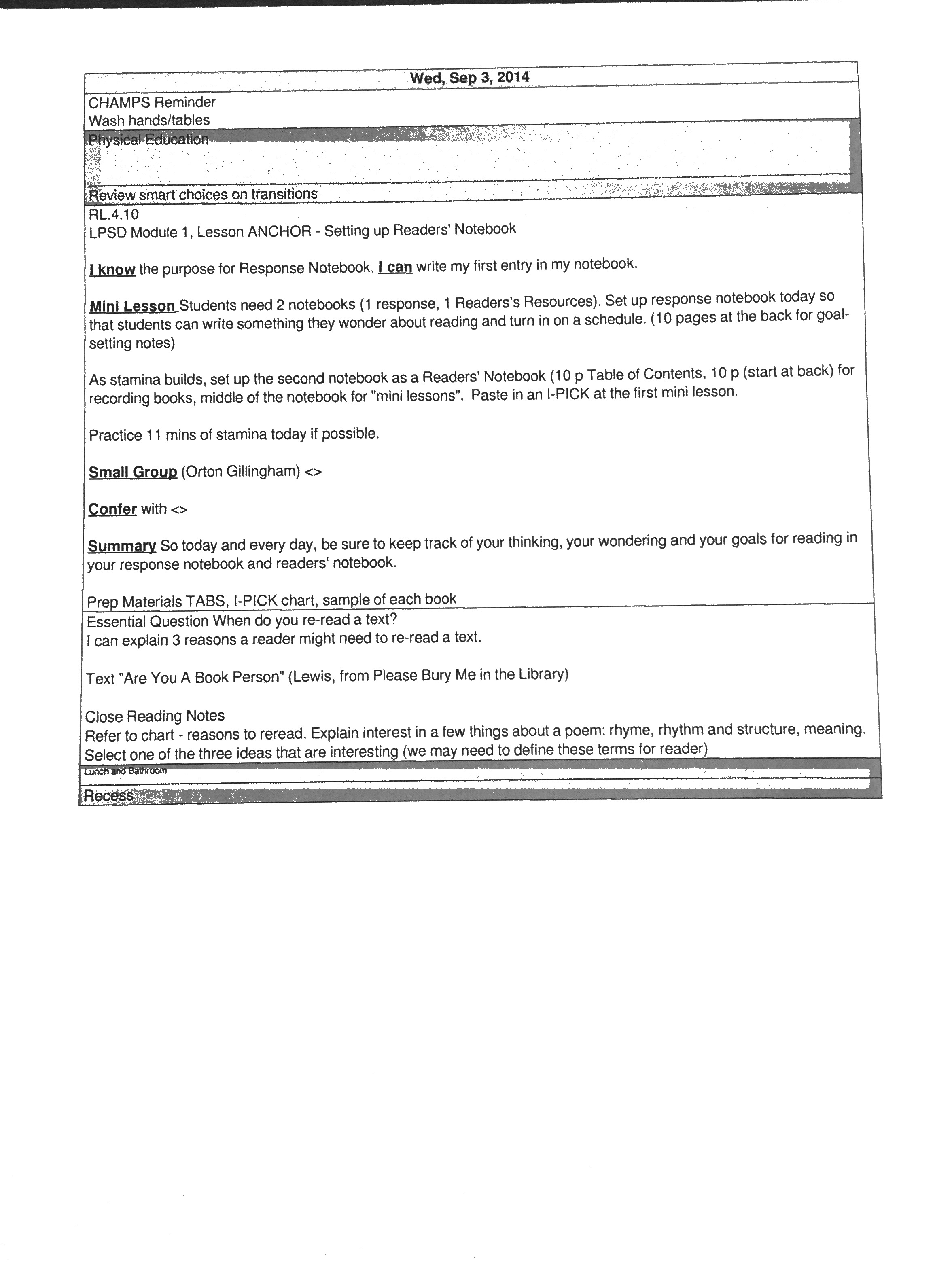

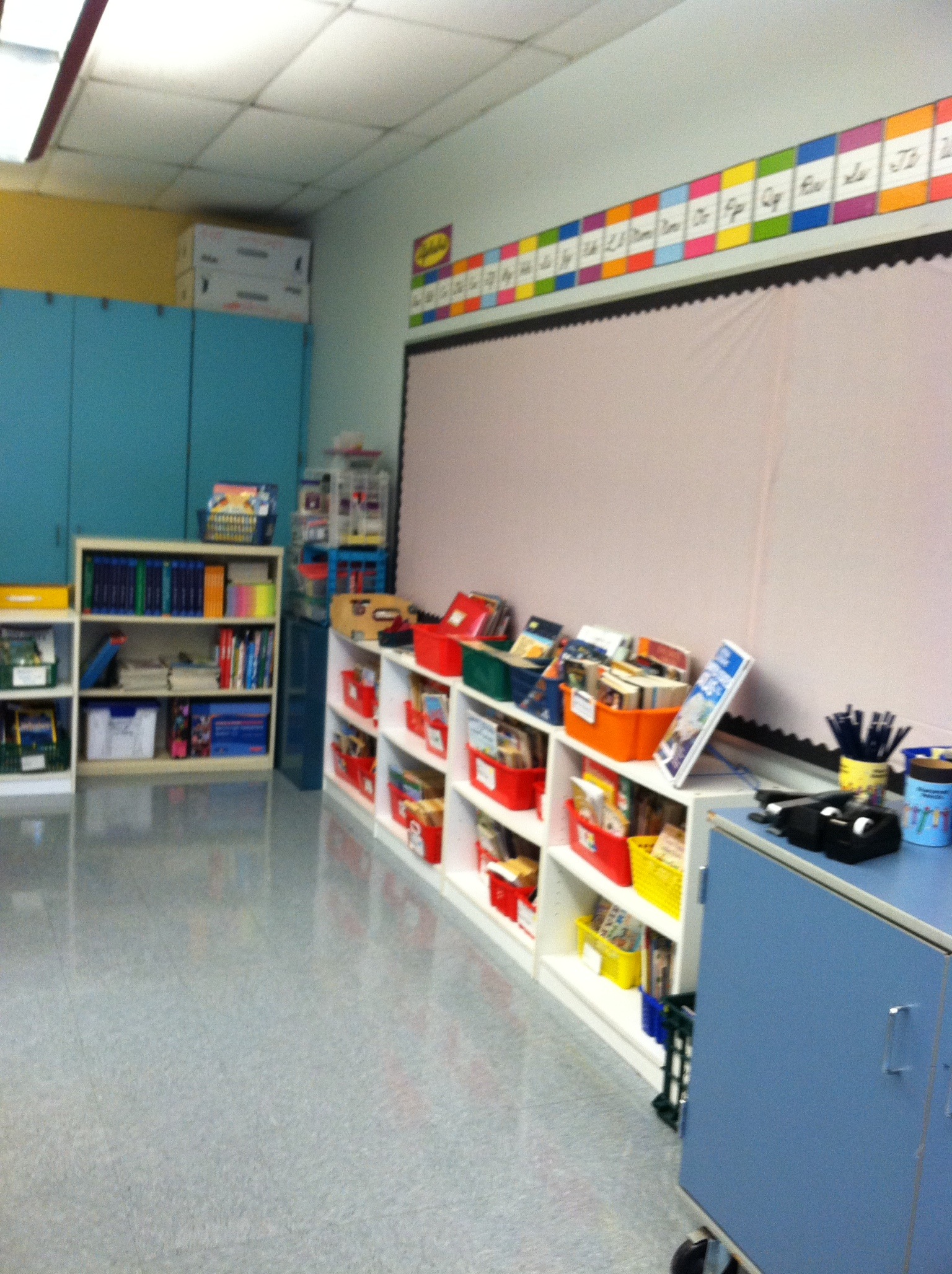
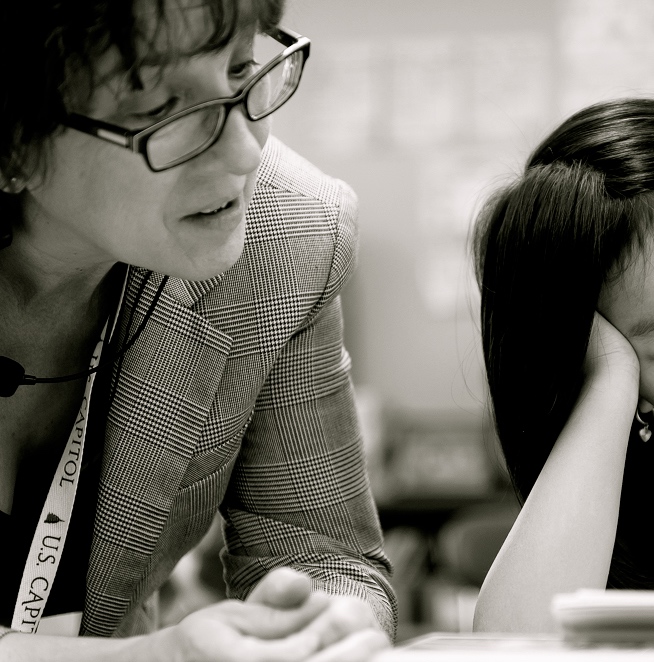

 is coaching, school improvement style. Because if your school or district is targeted for improvements, there must be money for consultants - you know, consultants who have never taught, or are trying out their latest graduate school theory or something they heard from the TV experts filling afternoon airwaves.The group Ms. Berard posts about is from the
is coaching, school improvement style. Because if your school or district is targeted for improvements, there must be money for consultants - you know, consultants who have never taught, or are trying out their latest graduate school theory or something they heard from the TV experts filling afternoon airwaves.The group Ms. Berard posts about is from the 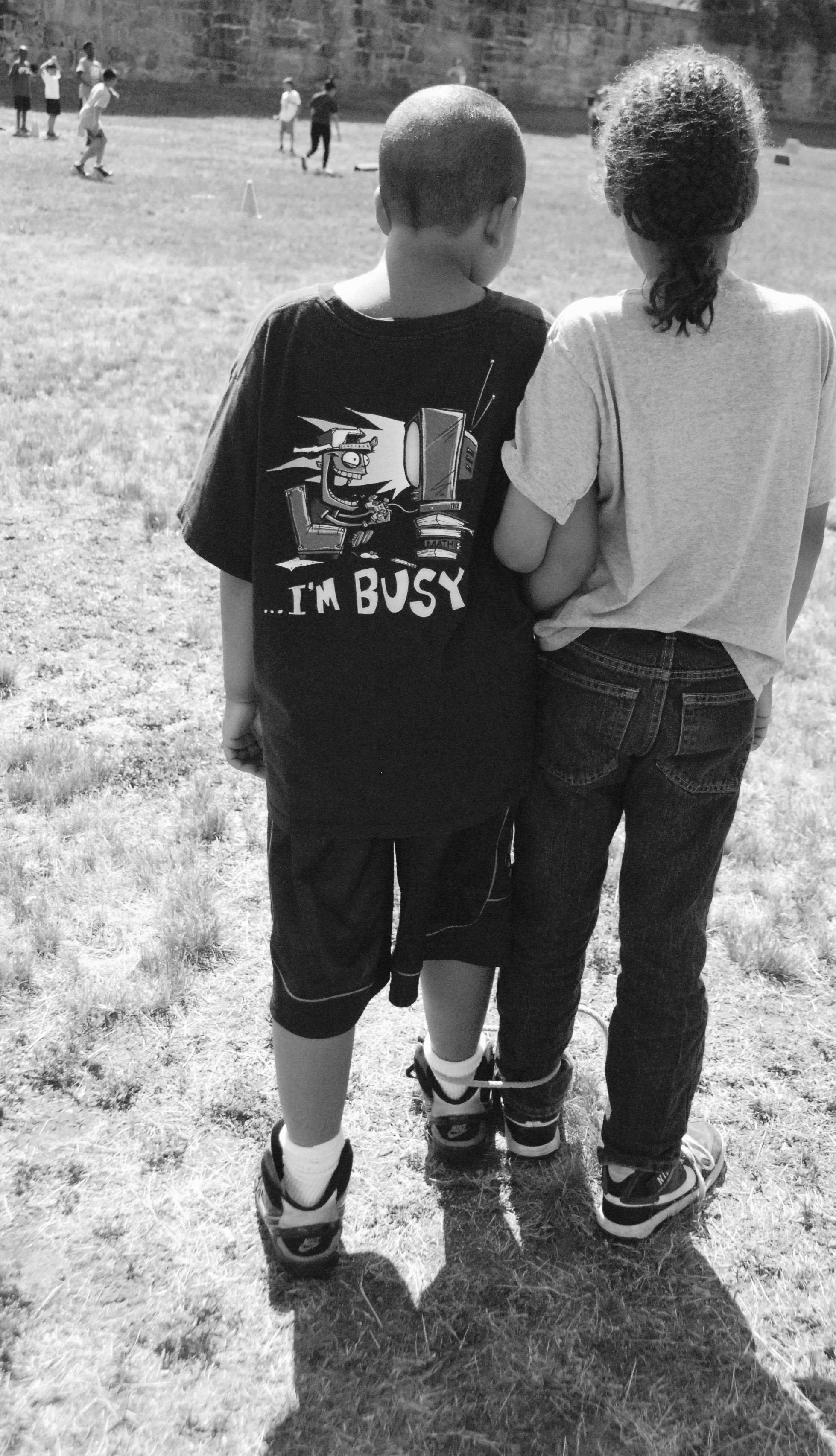 Elena Aguilar, a contributor at Edutopia.com, describes the following characteristics needed by education teams in this article posted on Edutopia,
Elena Aguilar, a contributor at Edutopia.com, describes the following characteristics needed by education teams in this article posted on Edutopia, 
 Advancing technology is going to make this an essential question for every school district to grapple with. Our lesson plans, reviewed regularly, are shared electronically not only with administrators but with colleagues. Documents and resources geared toward teaching, in fact, the teaching guides themselves, are often created by groups of teachers. It may be just a matter of time before enterprising schools, looking for new sources of revenue, want to monetize lesson plans or other teaching ideas developed by teaching staff.An example of this is sharing classroom plans with Special Education inclusion partners who need to know what the classroom language and content goals are in order to make learning accessible to students on individual education plans. This past year, I've had my lesson plans copied into another teacher's plan book without permission or attribution. When asked to stop, the person did; however, she continued to copy my "I can" or language/content goals again without permission. Was this a violation of my intellectual property?In the age of Teachers-Pay-Teachers, intellectual property is about to become a huge factor. Pay attention.
Advancing technology is going to make this an essential question for every school district to grapple with. Our lesson plans, reviewed regularly, are shared electronically not only with administrators but with colleagues. Documents and resources geared toward teaching, in fact, the teaching guides themselves, are often created by groups of teachers. It may be just a matter of time before enterprising schools, looking for new sources of revenue, want to monetize lesson plans or other teaching ideas developed by teaching staff.An example of this is sharing classroom plans with Special Education inclusion partners who need to know what the classroom language and content goals are in order to make learning accessible to students on individual education plans. This past year, I've had my lesson plans copied into another teacher's plan book without permission or attribution. When asked to stop, the person did; however, she continued to copy my "I can" or language/content goals again without permission. Was this a violation of my intellectual property?In the age of Teachers-Pay-Teachers, intellectual property is about to become a huge factor. Pay attention.



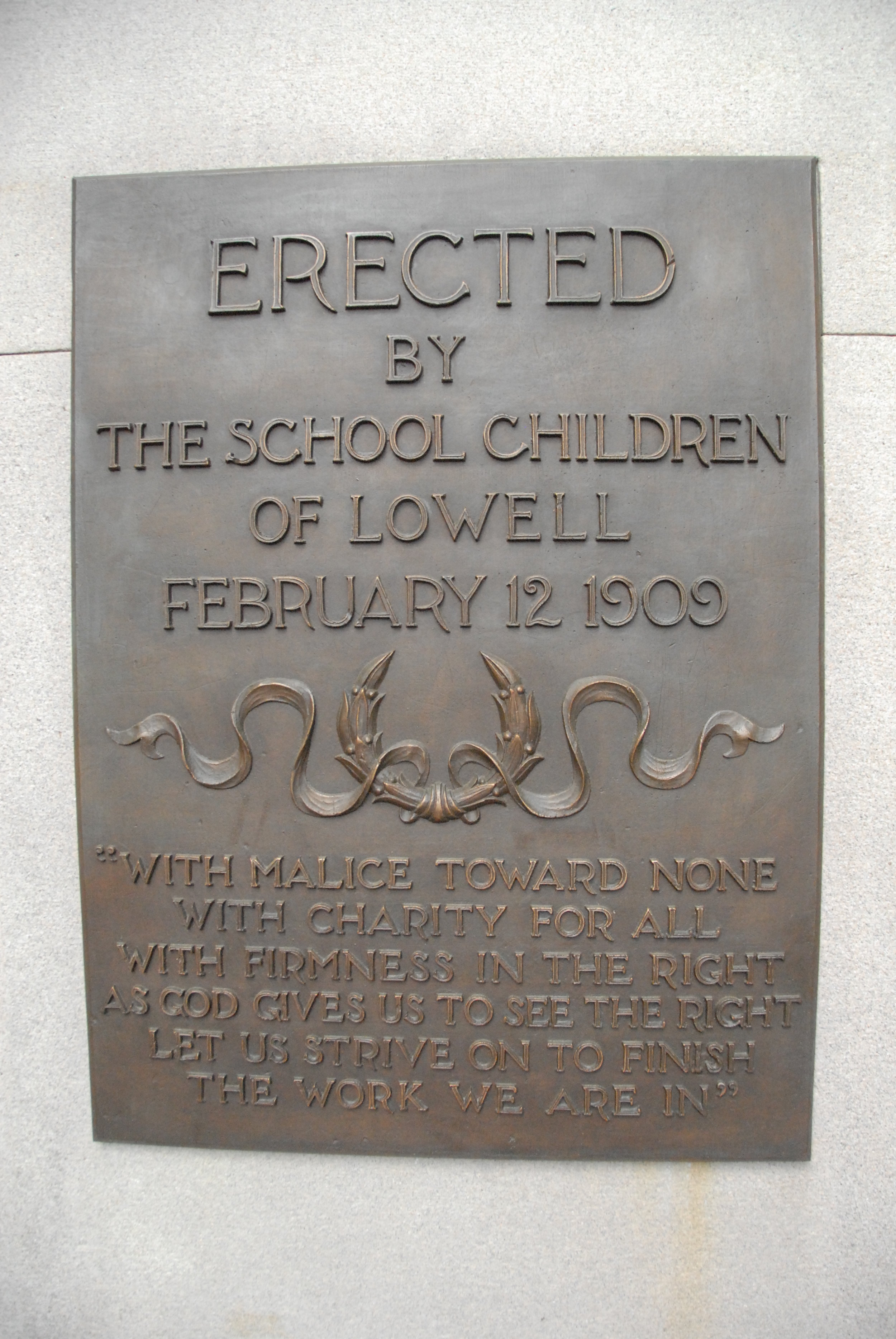
 Savings Bank, Four Seasons Landscaping, and the Steve Purtell of the City Park Department - and our school community, students swept, raked, and picked up this beautiful gem of outdoor space in Lowell. This was the first time planting experience for many of our students. They learned to dig in plants, tap plants out of containers, and even to use rakes and shovels.But most of all, our students learned that to make a public space pleasant and enjoyable, it takes effort and is the responsibility of everyone in the community.What better lesson could there be?
Savings Bank, Four Seasons Landscaping, and the Steve Purtell of the City Park Department - and our school community, students swept, raked, and picked up this beautiful gem of outdoor space in Lowell. This was the first time planting experience for many of our students. They learned to dig in plants, tap plants out of containers, and even to use rakes and shovels.But most of all, our students learned that to make a public space pleasant and enjoyable, it takes effort and is the responsibility of everyone in the community.What better lesson could there be?